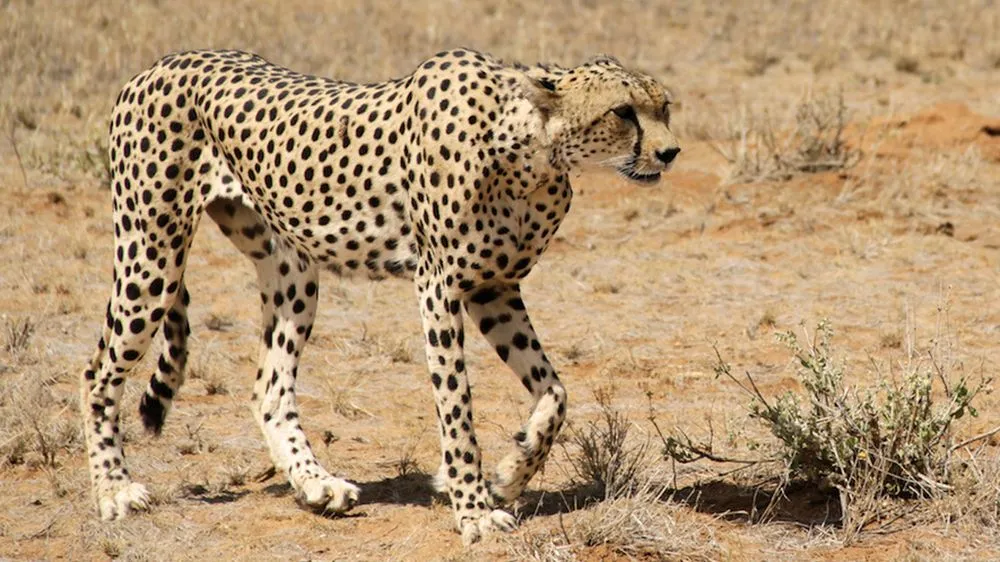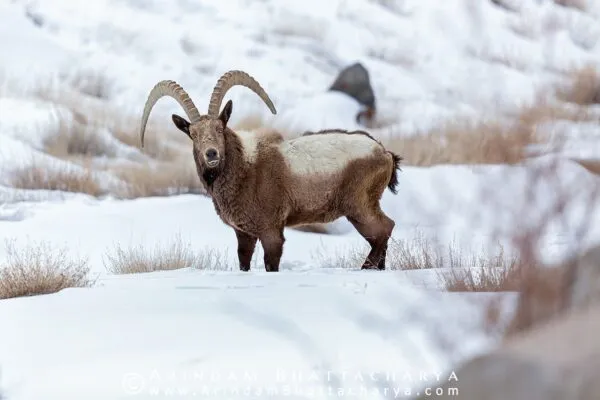India is ready to Reintroduce African Cheetah to its Lands after Seven Decades
In early 2020, the Supreme Court gave the green signal to National Tiger Conservation Authority (NTCA) to reintroduce the cheetah in India. The cheetah was declared extinct from the Indian subcontinent in 1952, however, the NTCA sought to relocate the animal from Namibia. Now after 70 years, India is ready to reintroduce the first batch of the African cheetah, which will arrive by the end of this year.
Before the arrival of the big cats, two expert teams from Namibia and South Africa – the two countries that have the highest cheetah populations in the world – will arrive in India to train Indian forest officers and wildlife experts on better handling, breeding, rehabilitation, medical treatment and conservation of the cheetah. This will be the first instance in the world where a large carnivore will be relocated from one continent to another.
Also Read: Supreme Court Allows to Introduce African Cheetahs in India
It is believed that the animal became extinct after Maharaja Ramanuj Pratap Singh Deo of Koriya hunted and shot the last three documented Asiatic cheetahs in India in 1947. While for the rest of the 20th century nobody was bothered with the absence of this beautiful animal, an effort to bring back the cheetah to the subcontinent began in 2009.
An expert committee – established by the Ministry of Environment, Forest and Climate Change under the chairmanship of Wildlife Trust of India board member and former Director Wildlife of the Indian Government, Dr. M. K. Ranjitsinh, along with members of the Wildlife Institute of India (WII), WWF, NTCA and officials from the Centre and states – has carried out an assessment of the sites chosen for relocation.

India is ready to reintroduce the first batch of the African cheetah, which will arrive by the end of this year | Image: 17QQ
Six sites have been evaluated by WII for the relocation of cheetahs from Africa to India, which include Mukundara Hills Tiger Reserve and Shergarh Wildlife Sanctuary in Rajasthan, and Gandhi Sagar Wildlife Sanctuary, Kuno National Park, Madhav National Park, and Nauradehi Wildlife Sanctuary in Madhya Pradesh.
Kuno National Park, which was monitored and selected for relocating the Asiatic Lion in 2006, has been acknowledged as being prepared for the transfer of cheetahs. Both the animals share the same habitat comprised of semi-arid grasslands, which stretch across Gujarat-Rajasthan-Madhya Pradesh in India.
According to Dr. Y V Jhala, the WII Dean and expert committee member,
Last year, the Supreme Court gave the go-ahead to introduce cheetahs here. But one site is not enough for a healthy population of cheetahs in the country. So, we will upgrade the other identified sites, which have conducive habitats, so they can be introduced in four-five places at least over the coming five or six years. But this year, we will relocate eight cheetahs to Kuno, to begin with. The idea is to relocate 35-40 cheetahs across the identified sites.
The WII assessment stated that Kuno National Park is presently equipped for relocation of the cheetah with minimal actions required. It further added that Gandhi-Chittorgarh-Bhainsrorgarh wildlife sanctuaries also meet the required criteria for the project.
Apparently, Dr. M. K. Ranjitsinh carried out negotiations with Iran on behalf of the Indira Gandhi administration in the early 1970s, attempting to reintroduce the cheetah.
Dr. Ranjitsinh said,
Indira Gandhi was very keen on bringing back the cheetah. The negotiations went well and Iran promised us the cheetah, but our potential release sites needed to be upgraded with an increase in prey base and greater protection. Moreover, during the process, the Emergency was declared in the country and soon after the Shah of Iran fell.
Dr. Ranjitsinh believes that apart from being overhunted, the cheetah is facing threats due to narrowing prey base and reducing habitats of grasslands and forest biomes. He suggests that much like Project Tiger, this species can also benefit from a systematic approach to cheetah conservation efforts. He added that as the largest number of Schedule I protected animals under the Wildlife Protection Act reside in grasslands, it will bode well to protect these biomes to preserve threatened species.
Via: Indian Express


